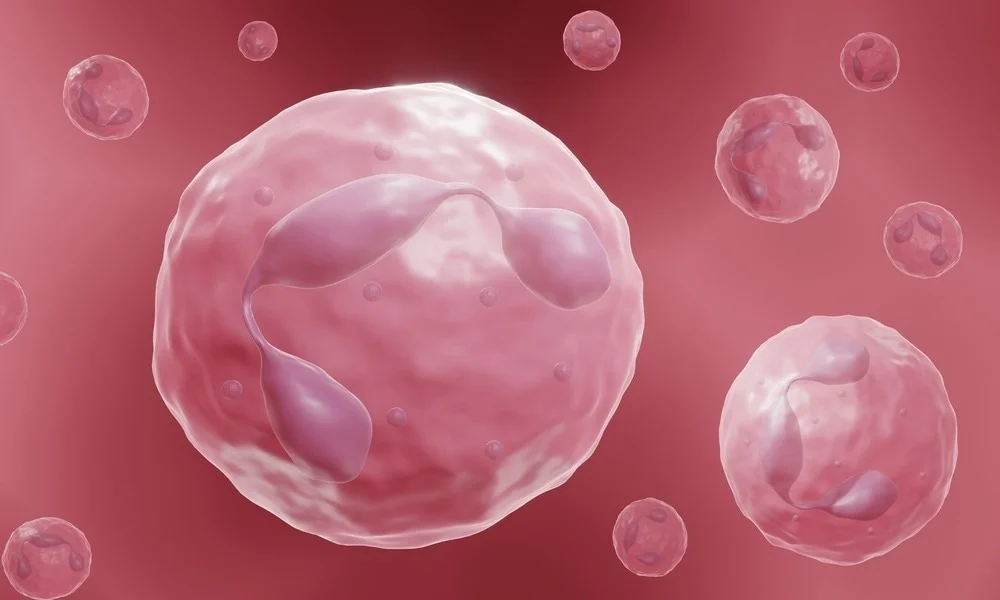The U.S. lifestyle, dominated by processed foods, high stress, and increasingly sedentary routines, is a leading contributor to hidden inflammation. Unlike the visible swelling of an injury, this type of inflammation simmers quietly, attacking your body from the inside and creating a foundation for chronic health issues like heart disease or diabetes.
In fact, the challenge with hidden inflammation lies in its subtlety, it doesn’t announce itself with obvious symptoms, making it easy to overlook until significant damage occurs.
Here are five signs your body might be battling hidden inflammation and what you can do to address them.
1. Persistent Fatigue
Do you feel tired even after a full night’s sleep or find yourself dragging through the day? Chronic inflammation puts stress on your body at a cellular level, depleting your energy reserves. This constant immune activity leaves you feeling drained, no matter how much rest you get.
What to Do:
Focus on anti-inflammatory foods like leafy greens, berries, and nuts. These nutrient-rich options help reduce inflammation and stabilize energy levels. Adding mindfulness practices like yoga or meditation to your routine can also help lower stress-related inflammation.
2. Frequent Muscle or Joint Pain
Unexplained aches and pains could signal that your immune system is in overdrive. Chronic inflammation often shows up as stiffness, soreness, or tenderness, especially around your joints. While occasional discomfort after physical activity is normal, persistent pain without a clear cause could indicate something deeper.
What to Do:
Take a closer look at your diet. Cut back on processed sugar, fried foods, and refined carbs, as these are known to trigger inflammation. Instead, prioritize omega-3-rich foods like salmon, walnuts, and flaxseeds to help reduce joint discomfort.
3. Troublesome Digestive Issues
Digestive trouble, such as bloating or frequent stomach upset, might be linked to inflammation in the gut. The gut houses a major part of your immune system, and when things are out of balance, it can manifest as digestive distress. Foods laden with preservatives or low in fiber are often culprits that irritate your gut lining, contributing to inflammation.
What to Do:
Support gut health by eating fermented foods like yogurt or kimchi, which contain beneficial probiotics. Staying hydrated and consuming more whole grains, vegetables, and fruits can promote better digestion and reduce gut-related inflammation.
4. Recurring Skin Problems
Your skin acts as a mirror for what’s happening inside your body. Conditions like redness, acne, or dry patches might indicate an inflammatory response. For instance, excess sugar can lead to insulin spikes that trigger inflammation and show up as breakouts.
What to Do:
Avoid dairy and highly processed snacks, which can trigger skin flare-ups. Replace them with anti-inflammatory foods rich in antioxidants, such as green tea, tomatoes, and avocado. Additionally, maintain a good skincare routine with gentle, non-toxic products that support skin health.
5. Frequent Illness or Slow Recovery
If you often catch colds or take longer than usual to recover from sickness or minor injuries, it could mean your immune system is stretched thin. Chronic inflammation diverts your body’s resources away from protecting you against external threats like bacteria or viruses.
What to Do:
Optimize your immune health by incorporating more vitamin C-rich foods (citrus fruits, bell peppers) and zinc (nuts, seeds) into your diet. Prioritize sleep, as it’s essential for immune repair and overall resilience.
Conclusion
Hidden inflammation doesn’t have to derail your health. By recognizing these signs and taking proactive steps, you can help your body reset and reduce its inflammatory load. Start by making small but impactful changes to your diet, activity levels, and stress management techniques. Over time, these habits can create a healthier, more balanced body that’s well-equipped to fight inflammation.




